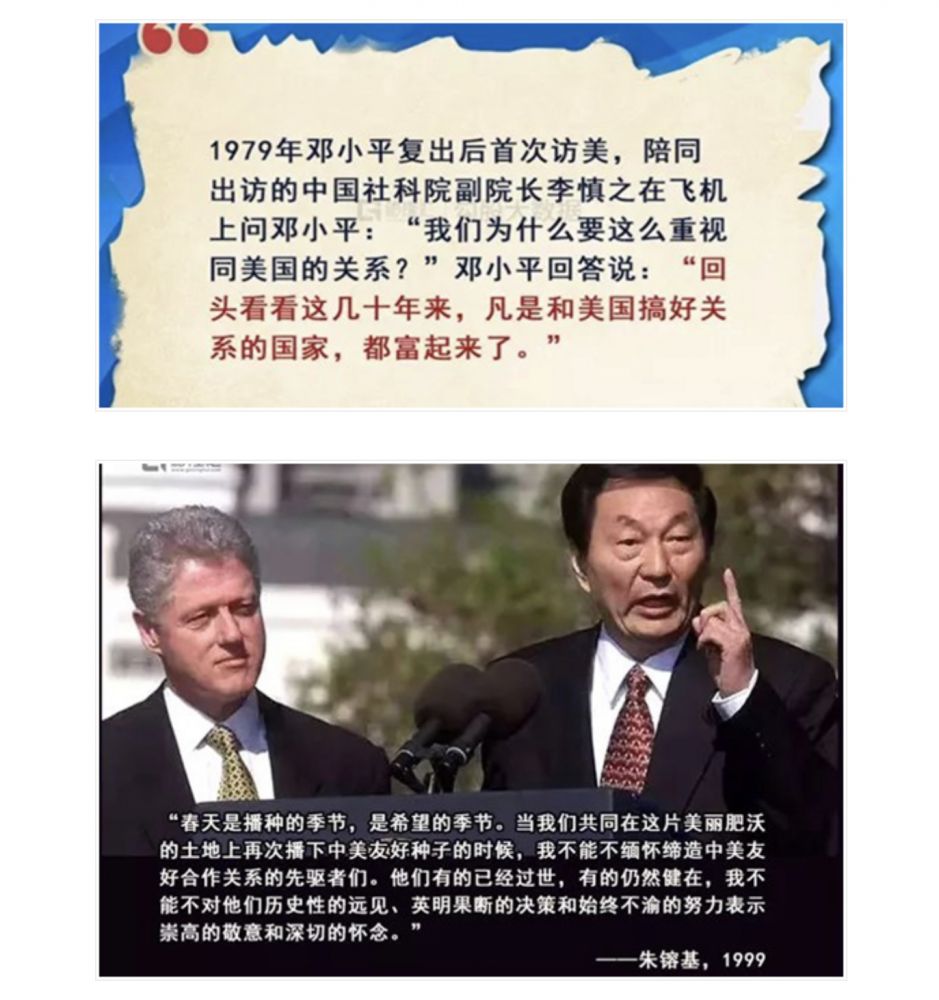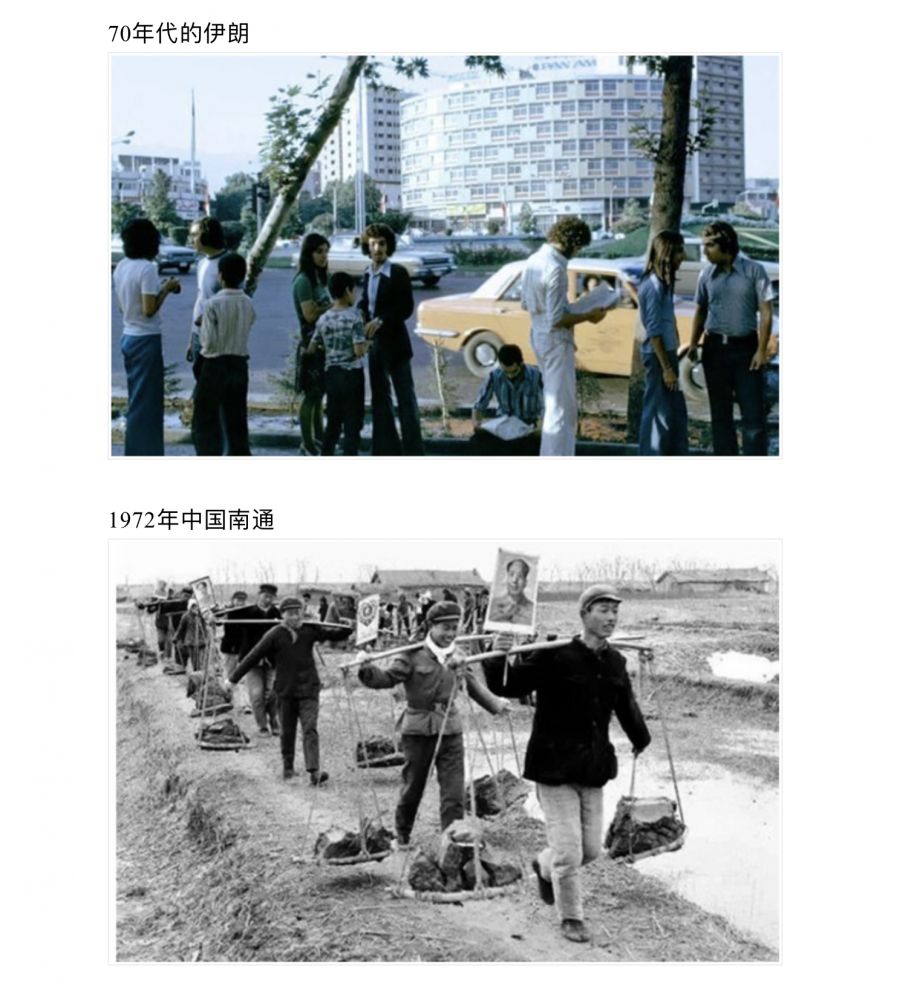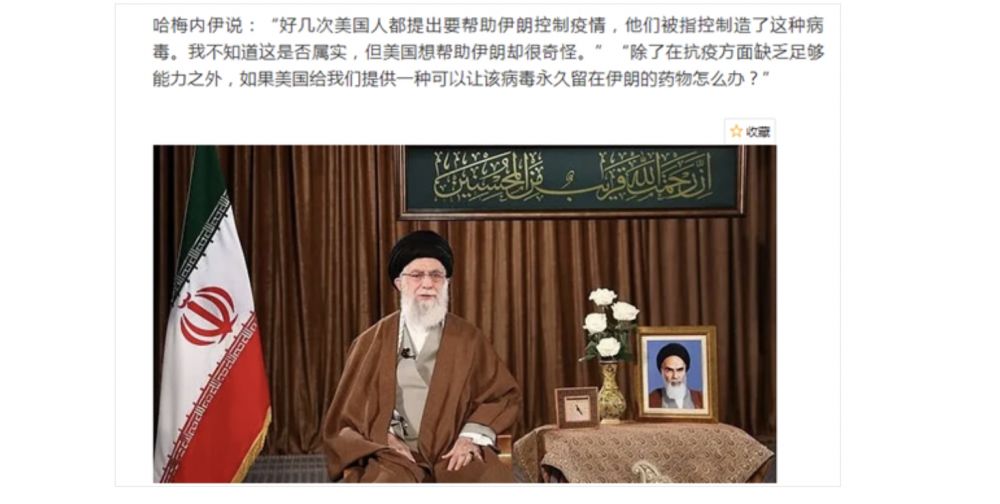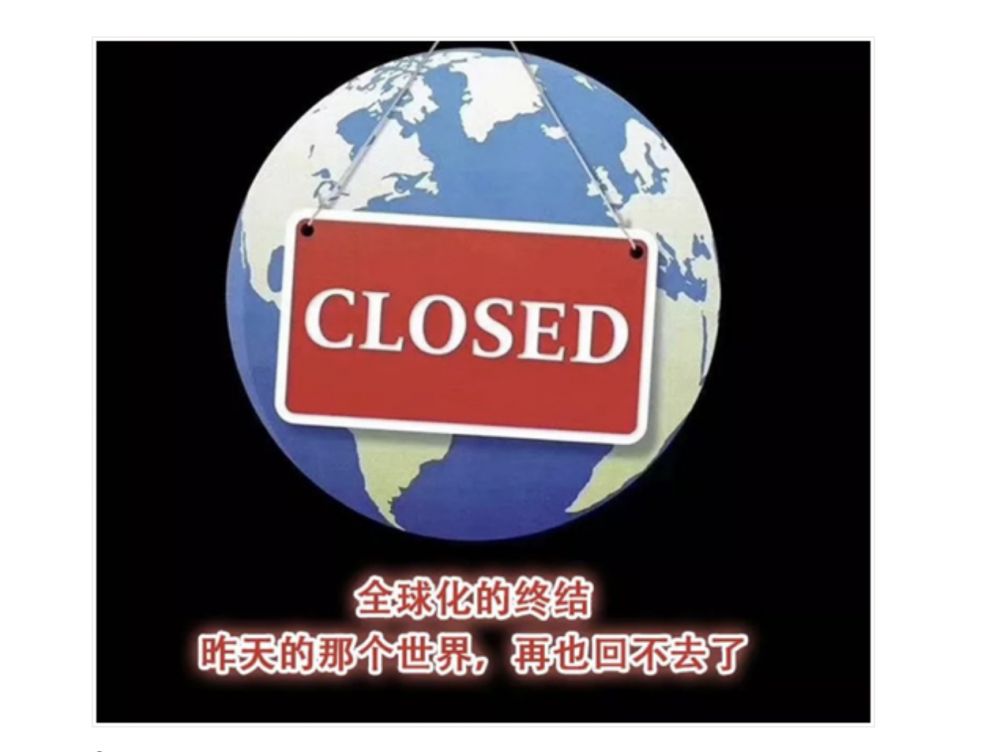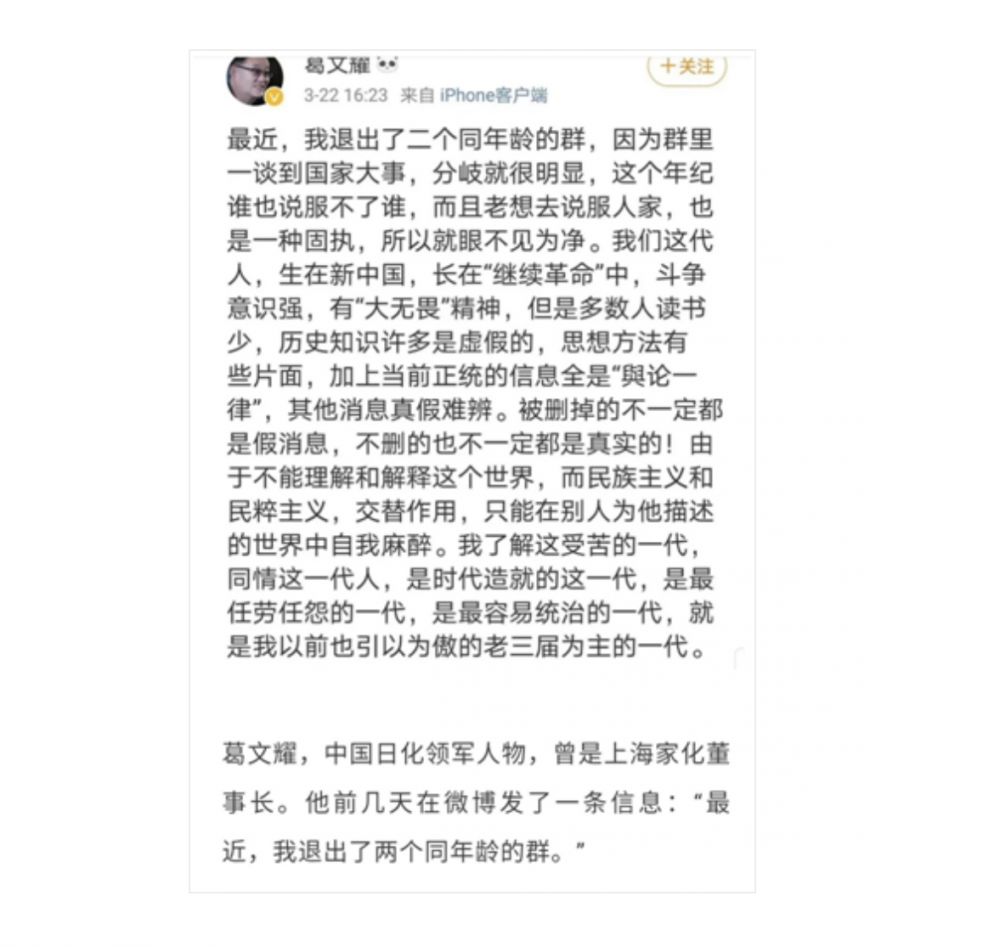An unsubstantiated theory suggests the coronavirus accidentally leaked from a Chinese lab — here are the facts
有未经证实的说法指新冠病毒是从中国实验室里意外泄漏的 ---- 一些事实如下。
Getty
- Experts think the novel coronavirus most likely originated in bats and then may have jumped to an intermediary animal species before infecting humans.
- Chinese authorities suggested that animal-to-human jump occurred at a wet market in the city of Wuhan, but a growing body of research suggests the outbreak's origins are unrelated to the market.
- A fringe theory suggests the coronavirus could have leaked from a Chinese research laboratory in Wuhan, but there's little evidence supporting this possibility. One high-security lab there says it has no record of the novel coronavirus' genome.
A key unanswered question about the coronavirus pandemic is how exactly it started — and when.
Most scientists agree that the virus originated in bats; one study found that it shares 96% of its genetic code with coronaviruses circulating in Chinese bat populations. Experts have suggested that an intermediary animal species may have passed it to people in a wet market in the city of Wuhan in December. But a growing body of evidence shows coronavirus infections were spreading in the city before the cluster of cases linked to the market arose.
These lingering questions about the outbreak's start have given rise to a range of unsubstantiated theories. One suggests the coronavirus may have accidentally leaked from a Wuhan laboratory in which scientists were researching coronaviruses.
An anonymous UK government official reportedly told the Daily Mail earlier this month that the alternative explanation was "no longer being discounted."
There's no evidence, however, that the coronavirus came from a sample stored in a lab. Here's what we do know about the origin of the coronavirus.
Where the theory of a lab leak comes from
Authorities at the Wuhan CDC first informed the World Health Organization about an unknown, pneumonia-like illness on December 31. They reported that most of the 41 cases first detected were among handlers and frequent visitors of the Huanan market, which was shut down January 1.
A week later, experts at the Wuhan Institute of Virology identified the new coronavirus and sequenced its genome; the disease it causes was later named COVID-19.
Getty Images
Much of the theory about a lab leak is based on the proximity of those research labs — the Wuhan CDC and the Institute of Virology — to the Huanan Seafood Wholesale Market, the wet market previously thought to be the outbreak's origin point. That's because a non-peer-reviewed paper, which was retracted, cited the market's proximity to two labs.
The paper's author, Botao Xiao of the South China University of Technology, previously worked in Wuhan. In the paper, he suggests that "the killer coronavirus probably originated from a laboratory in Wuhan" and was tracked out accidentally by an unsuspecting scientist.
A branch office of the Wuhan CDC is located about 600 meters — less than half a mile — from the Huanan market via main roads (though it's not the Chinese CDC's only site in Wuhan).
Baidu
The agency, which includes labs that study AIDS and influenza, is responsible for disease surveillance.
The Wuhan Institute of Virology, meanwhile, actively researches infectious diseases — including coronaviruses — and did before the pandemic started. But that facility is more than 14 kilometers, or 8 1/2 miles, and across a river from the Huanan market.
Screenshot of Google Maps
Botao wrote that the Wuhan CDC "hosted animals in laboratories for research purposes," including bats. Bats were the original hosts of SARS, which is also a coronavirus. In the case of that outbreak and this new one, bats most likely passed the virus to other animals via their poop or saliva, and the unwitting intermediaries transmitted the virus to humans.
Botao described a CDC researcher who was known for collecting viruses and had previously been forced to quarantine himself after the bats he studied attacked and peed on him. That researcher — though not named in the paper — is most likely Tian Junhua, who was profiled in a Chinese news report about his effort to sample 10,000 bats in 2012 as part of a study on hantaviruses. According to Tian's 2013 study, the events Botao referred to occurred while Tian was in the field.
Still, Botao's paper claimed that dangerous pathogens had escaped from Wuhan labs in the past, and concluded: "Safety level may need to be reinforced in high risk biohazardous laboratories."
Botao told The Wall Street Journal on March 5, however, that he withdrew the paper because "the speculation about the possible origins in the post was based on published papers and media, and was not supported by direct proofs."
'Minimal protections against infection of lab workers'
In four instances, SARS has leaked from laboratories in Taiwan, Singapore, and Beijing. But Business Insider was unable to find evidence that any such laboratory accidents have occurred in Wuhan.
Matthew Pottinger, the US's deputy national security adviser, asked intelligence agencies in January to look into the idea of a Wuhan lab leak, The New York Times reported. But CIA officers didn't find any evidence.
Gen. Mark Milley, the chairman of the US Joint Chiefs of Staff, said on Tuesday that evidence for the lab-leak idea was "inconclusive, although the weight of evidence leans towards natural," Defense One reported.
Still, Richard Ebright, a microbiologist at Rutgers University, told Business Insider that he thought Botao's paper was accurate.
"All statements of fact in the document can be verified," Ebright said in an email.
Ebright previously told The Washington Post that he thought the virus "could have occurred as a laboratory accident."
According to Ebright, a video from Chinese state media in December 2019 showed Wuhan CDC staff "collecting bat coronaviruses with inadequate PPE" — personal protective equipment — "and unsafe operational practices (bare skin on faces, bare skin on wrists, no goggles, no face shields)."
In the footage, however, Tian and his CDC colleagues wear protective suits, goggles, gloves, and masks while handling bats and collecting samples in caves across the Hubei province. In the video, Tian describes his work studying viruses like SARS to "lay a firm foundation for making vaccines."
De Agostini/Getty
Ebright also suggested that coronaviruses were being studied at a Wuhan lab with a biosafety level of 2, which he said provides "only minimal protections against infection of lab workers" compared with the highest level, BSL-4.
"Virus collection, culture, isolation, or animal infection at BSL-2 with a virus having the transmission characteristics of the outbreak virus would pose a high risk of accidental infection," Ebright said, adding that one BSL-2 lab was part of the Wuhan CDC.
The US Centers for Disease Control and Prevention allows research into the new coronavirus to be performed at BSL-2 labs as long as the facilities also provide respiratory protection and a designated area for workers to put on and take off protective equipment.
A lab's proximity to the Huanan market is irrelevant
NOEL CELIS/AFP via Getty Images
Another issue with the theory described in Botao's retracted paper is that studies and reports are increasingly finding that people in Wuhan were getting sick in early December and potentially even November. Many early cases had no connection to the Huanan market.
A recent study in the journal Nature Microbiology suggests that the new coronavirus had already established itself and begun spreading in Wuhan by early January. Earlier research published in The Lancet showed that the first person to test positive for the coronavirus was most likely exposed to it on December 1 and then showed symptoms on December 8. The study found that 13 of the 41 original cases showed no link to the wet market.
A team of infectious-disease researchers in China also reported in February that they'd found surges in the use of terms related to the coronavirus on WeChat more than two weeks before officials confirmed the first case.
So the proximity of any lab to the Huanan market is most likely irrelevant in the true timeline of the outbreak's beginning.
Genetic sequences of coronavirus samples in Wuhan's BSL-4 lab don't match this virus
Shutterstock/Tonhom1009
Scientists at the Wuhan Institute of Virology have also been considered as possible culprits in a lab leak.
In 2018, US officials raised concerns about safety issues at that lab, according to diplomatic cables obtained by The Washington Post.
"The new lab has a serious shortage of appropriately trained technicians and investigators needed to safely operate this high-containment laboratory," the officials wrote on January 19, 2018, The Post reported.
The Institute of Virology houses China's only BSL-4 laboratory, which is one of only a dozen in the world. Scientists study the most dangerous, infectious, and fatal microbes known to humankind in these types of facilities. BSL-4 lab researchers have to change their clothes before entering, shower before exiting, and wear a pressurized, full-body suit during experiments. Such labs are required to be in separate buildings or wings and have independent air-filtration systems, according to the US CDC.
Wuhan's BSL-4 lab, which opened in 2017, studied the Ebola and HIV viruses before tackling the new coronavirus. Some of its researchers, including the virologist Shi Zhengli, also collected, sampled, and studied other coronaviruses from Chinese bats. In 2013, Shi and her collaborators pinpointed the bat population most likely responsible for spreading SARS, in the Shitou Cave near Kunming. They sampled coronaviruses from those bats and others around China.
Benjamin P. Y H. Lee/BMC Ecology Image Competition
After her team sequenced the COVID-19 virus, Shi told Scientific American that she quickly checked her laboratory's record from the past few years to check for accidents, especially during disposal. Then she cross-referenced the new coronavirus' genome with the genetic information of other bat coronaviruses her team had collected. They didn't match.
"That really took a load off my mind," she told Scientific American in March, adding: "I had not slept a wink for days."
Ryan Pickrell contributed reporting to this story.
Read the original article on Business Insider








